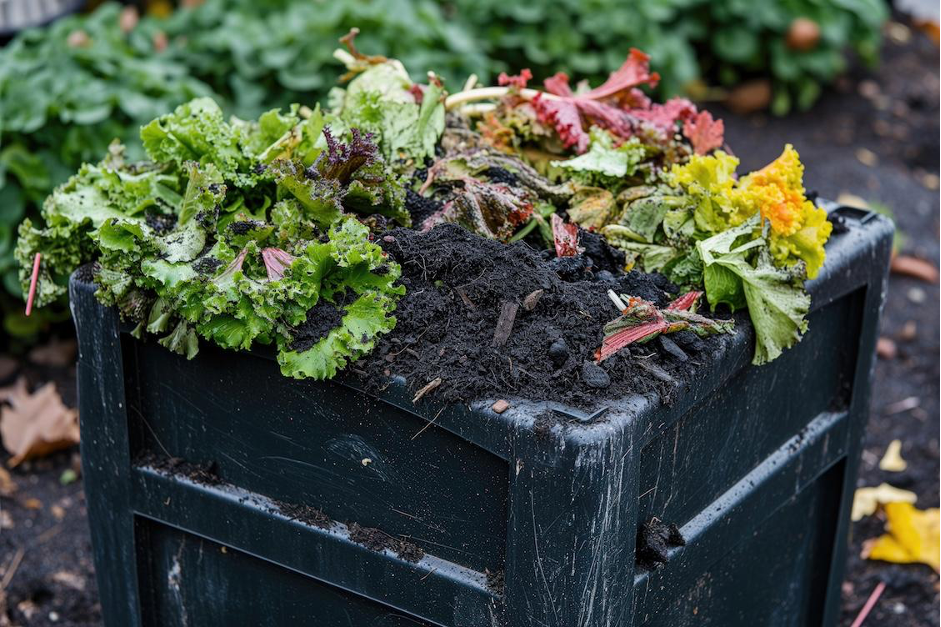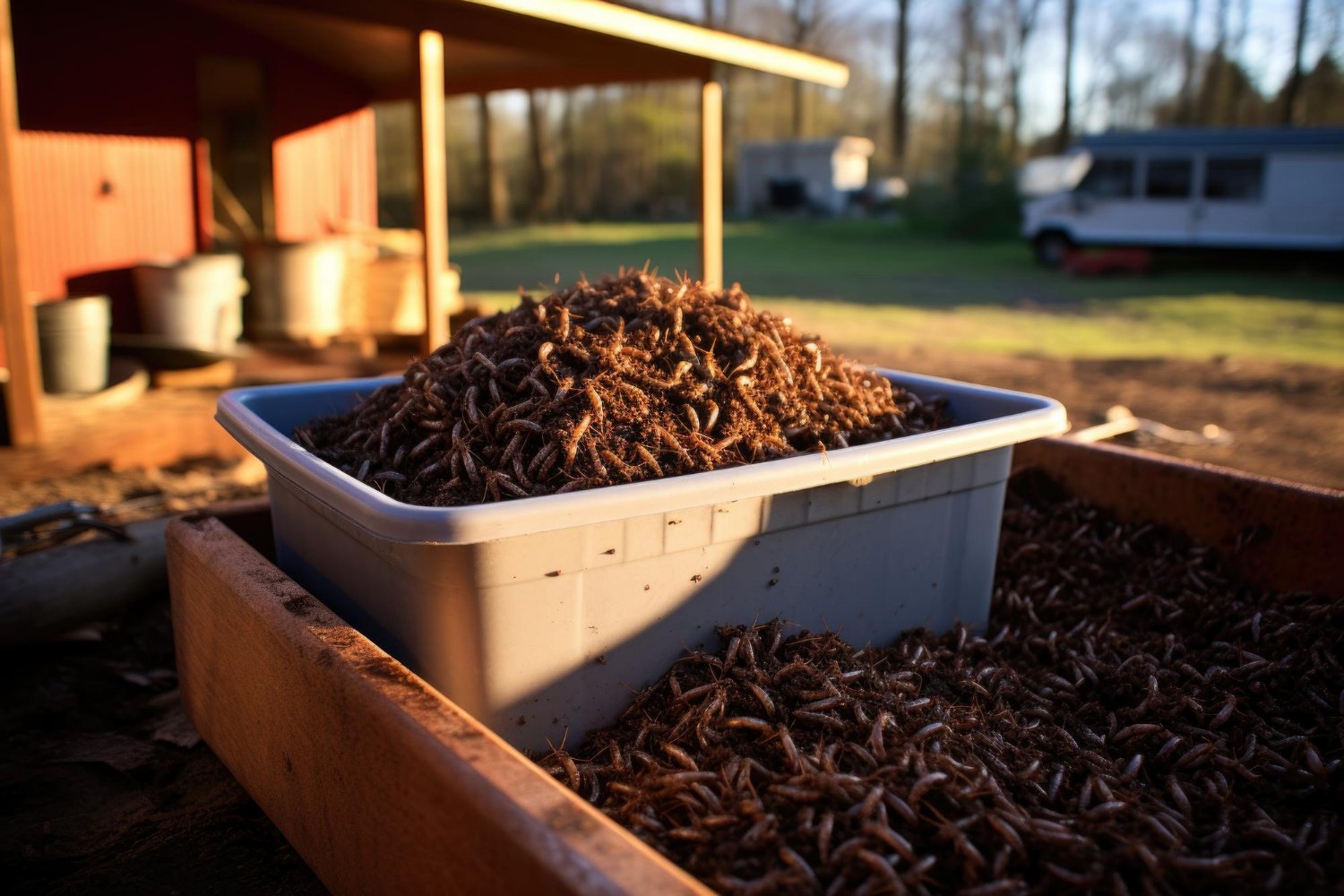 The spring is the time to start using your compost from your worm bin. Your red worms have been busy all year eating kitchen scraps and creating valuable fertilizer. How do you apply worm castings to your garden and lawn? Can you use compost on seeds and bulbs? How much compost do you need?
The spring is the time to start using your compost from your worm bin. Your red worms have been busy all year eating kitchen scraps and creating valuable fertilizer. How do you apply worm castings to your garden and lawn? Can you use compost on seeds and bulbs? How much compost do you need?
Harvesting Compost
You need to retrieve the valuable worm castings (worm poop) from your vermicomposting bin.
If you have a tray-based composter, harvest from the lower trays. If you have been feeding the worms in the top tray, there will be few worms in the lower trays. Remove the lower trays and dump them into a wheelbarrow, bucket, or sack.
For other types of composters, harvest finished compost from the bottom. See our page on harvesting compost.
The fresher the worm castings, the better. Fresh worm castings contain valuable microbes from the worms’ digestive tracts. However, if you can’t use all the worm castings right away, save them for later. They will still provide nutrients and improve soil structure.
Prepare the Soil
Start by removing unwanted rocks, sticks, and other debris from the top of the soil. Rain will flow into the soil more easily if there are no barriers. Therefore, use a tool to break the soil up.
Vegetable Gardens
For vegetable gardens, use a rototiller or garden fork to reveal the soft soil. Apply a 1/2 to 1-inch layer of compost along the row and dig it in. Plant your seeds. The compost will nourish the new plants.
Later in the growing season, you can apply compost as a side-dressing. Tomatoes are greedy feeders, so reapply organic fertilizer often.
Bulbs
Sprinkle compost around the bulb planting area, and cover with topsoil. Plant your bulbs. Add a thin layer of compost on top. Water well to send the nutrients down into the soil.
Shrubs, New Trees, and Plants
Dig the hole deeper than it needs to be. Mix worm castings with the soil you removed. Add some of the soil mixture to make the hole the right size. Gently place the plant in the hole. Fill the rest of the hole with the soil mixture. Tamp it down and water thoroughly. There is no need to reapply compost to these plants this year.
Existing Shrubs, Small Trees, and Plants
Side dress with compost. Work the compost around the stem. The rain will wash the nutrients to the roots and help keep the plants strong.
Spray with your established plants with Worm Tea.
Replanting
Certain crops are suitable for replanting. For example, halfway through the growing season, you can plant new seeds in your lettuce and bean patches. At the same time, reapply organic worm castings.
Lawn
Nourish the lawn by applying worm castings.
- Golf courses and institutions can afford large PTO spreaders. Screen the worm castings and apply a thin layer directly to the lawn. Use at least 5 pounds of per 100 square feet. Smaller spreaders tend to get clogged.
- Homeowners will find that Worm Tea is more convenient. You just need an aquarium bubbler, aquarium tubing, a bucket and a sack. See our Worm Tea instructions.
Got bare patches? Before filling them in, add some worm castings. Dig in an inch of castings. Place grass seed on top. Add mulch if desired, but rake off the mulch after the seeds sprout.
At Uncle Jim’s Worm Farm, we offer all the knowledge, equipment, and composting worms you need to start a successful vermicomposting project. We grow our own Red Wiggler worms for composting, and Super Reds (European Night Crawlers) for composting and aeration. If you want a shortcut, purchase finished compost. We also offer mealworms for pet food and science experiments. Have a great growing season!









4 thoughts on “Planting with Organic Compost: How to Use Worm Castings”
Hi there, we are currently trying to improve the soil on an empty block of land. However planting is about 9 months away. Can I already dig in worm castings to improve the soil or only once I’m ready to plant? I have also started some in ground worm farms around the block but have surplus castings from another worm farm.
Add nutrients on top of your soil they will seep down into it and improve it with the compost and worms. You can continue feeding the land as well with any grass clippings or organic matter. The worms will continue to break it down over time.
wil worm casings be benifical if i put the in my compose pit now? I ive in 60436
Hello Kenneth;
Worm Castings are okay if it is cold out but freezing temperatures may kill off some of the beneficial microbes. I would recommend that you wait and add them in the spring. We recommend keeping them at room temperature.
Uncle Jim’s Worm Farm